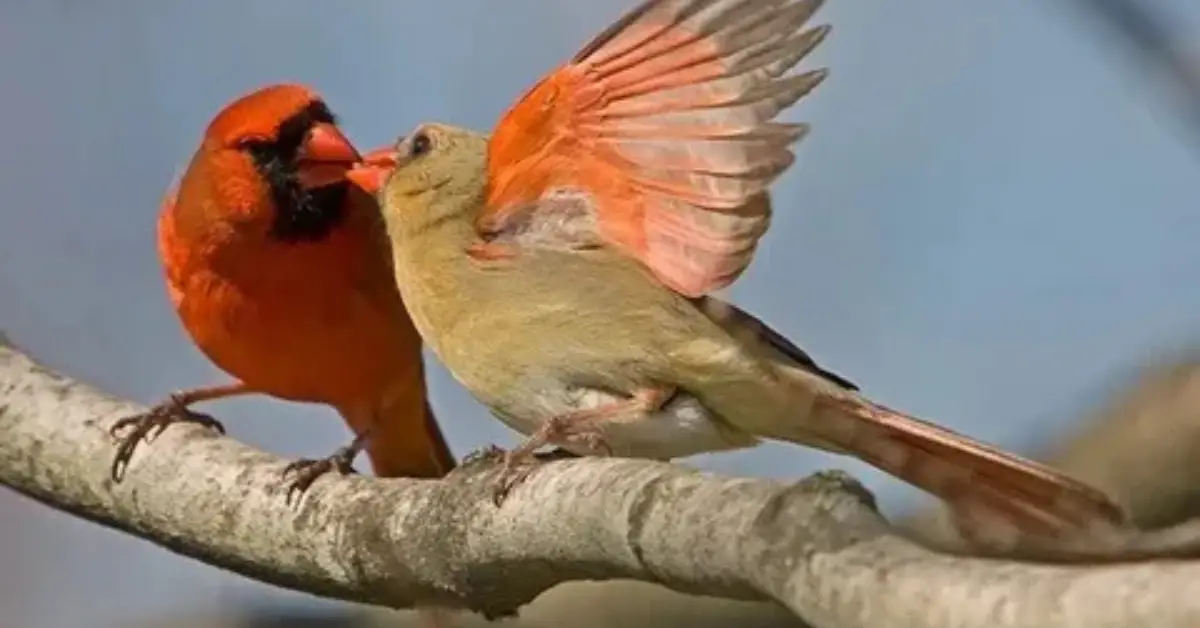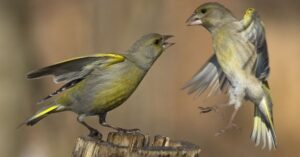Some bird species perform elaborate dances and songs to attract a mate. How do birds mate is not just a matter of curiosity; it reveals the intricate behaviors and adaptations that have evolved over millions of years. In this article, we’ll explore theworld of avian courtship and mating rituals, shedding light on the strategies that ensure survival and reproduction in the wild.
What is Bird Mating and Why is it Important?
Bird mating is a fascinating process that extends beyond mere reproduction. How do birds mate? The mating rituals vary widely across species, often involving elaborate displays of courtship that can include song, dance, and vibrant plumage.
The importance of bird mating transcends individual species; it has profound implications for biodiversity and ecosystem stability. Healthy bird populations contribute to pollination, seed dispersal, and pest control, all essential functions within their habitats.Bird mating behaviors helps researchers monitor environmental health and detect changes indicative of ecological distress.
Why Are the Courtship Rituals of Birds?
Courtship rituals in birds are a fascinating blend of instinct and artistry, showcasing the diverse strategies evolved to attract mates. These rituals often transcend mere survival; they serve as a dynamic display of genetic fitness and adaptability.
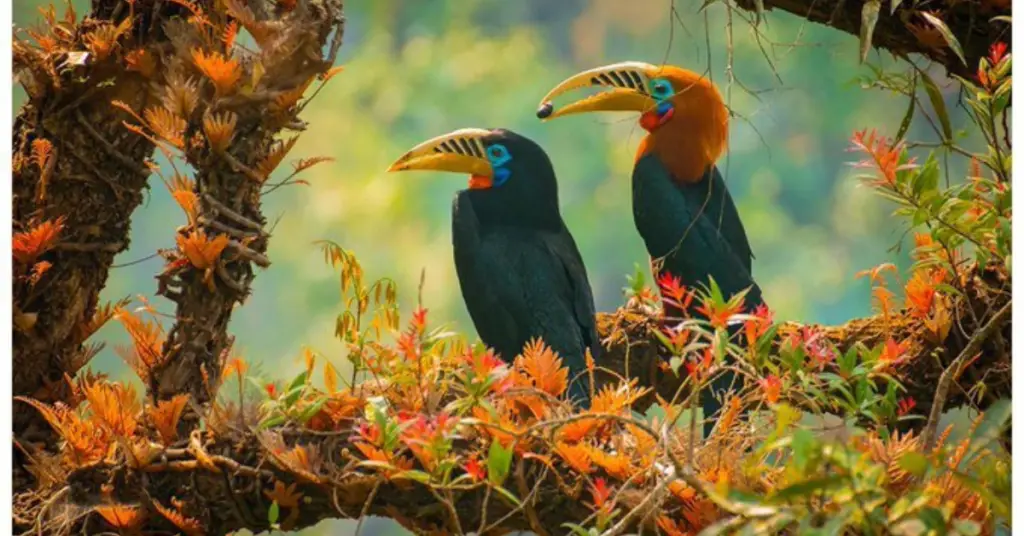
The auditory performances of some bird species add another layer to these rituals. The intricate songs of male songbirds are not just for mating purposes; they convey information about territory, individual quality, and even emotional states. This sonic communication can create complex social networks among birds, influencing mate choice and fostering competition.
I. Courtship Behaviors in Birds
Courtship behaviors in birds are an intricate dance of displays and rituals that not only serve the purpose of attracting mates but also showcase the health and vitality of the participants. Male peacocks fan out their iridescent feathers to create a mesmerizing visual spectacle, while the rhythmic calls of songbirds can echo through forests, each note meticulously crafted to capture the attention of potential partners.
Courtship behaviors vary significantly across species and environments, revealing the adaptability of avian life. In some cases, birds engage in cooperative courtship where multiple males display simultaneously to impress a female, creating a more competitive atmosphere that heightens the stakes for all involved. Such interactions underscore the social dynamics at play in avian communities.
1. Bright Colored Birds Are More Attractive to Mates
The vibrant hues of brightly colored birds have long fascinated both scientists and birdwatchers alike, and recent research sheds light on the evolutionary advantages these striking colors provide. In many species, bright plumage serves as a visual signal, indicating good health, strong genetics, and superior foraging abilities.
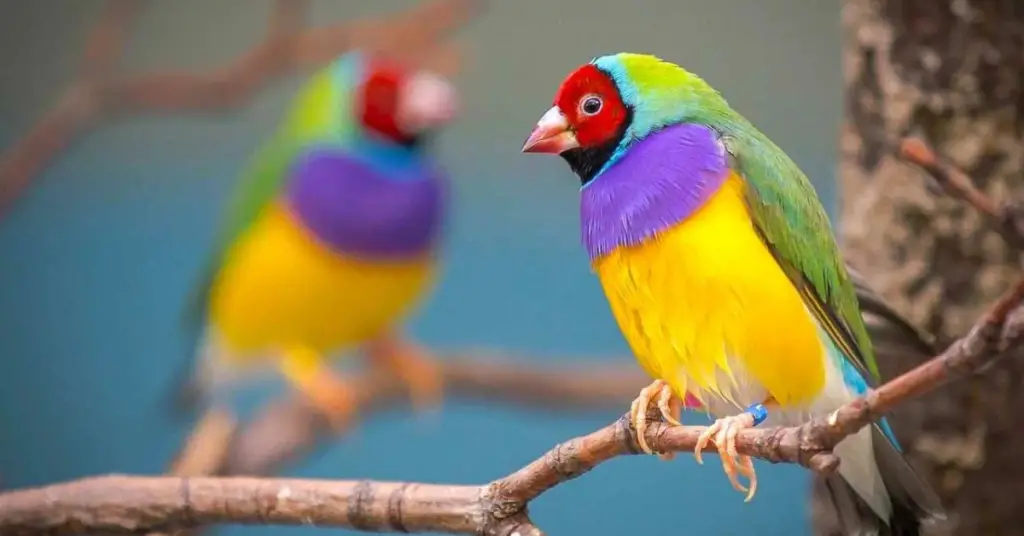
This phenomenon, known as sexual selection, suggests that females often prefer mates adorned with vivid colors because such traits are correlated with vitality. As a result, these colorful displays not only enhance a male’s chances of attracting a mate but also play a crucial role in the survival of their lineage.
2. Bird’s Unique Vocalization in Courtship
Bird vocalizations during courtship are a remarkable blend of artistry and biology, showcasing the intricate dance between attraction and survival. Each species has evolved its own unique repertoire, often influenced by their environment, social structures, and even predation pressures.
The enchanting songs of the lyrebird are not merely melodic; they serve as complex auditory displays that can mimic the sounds of other birds, chainsaws, and camera shutters, all to impress potential mates and deter rivals. This ability to incorporate diverse sounds into their courtship calls highlights an evolutionary advantage, as it reflects adaptability and a keen awareness of their surroundings.
3. Birds’ Mates Use Scents to Identify Each Other
Birds, particularly species like the European starling and some parrots, possess specialized glands that produce unique scents, allowing them to identify one another amidst a cacophony of calls and colors. This olfactory signature helps them to not only recognize mates but also to assess their reproductive fitness and genetic compatibility.
The implications of scent-based identification extend beyond mere recognition; they offer insights into evolutionary adaptations. In environments where visual or auditory signals may be compromised—such as dense forests or during low-light conditions—relying on scent can enhance mating success.
4. Seasonal and Environmental Influence in Birds Courtship
Bird courtship is a fascinating interplay of seasonal cues and environmental factors that significantly shape mating behaviors. As the seasons shift, many bird species exhibit remarkable changes in their plumage, vocalizations, and display rituals, all designed to attract potential mates.
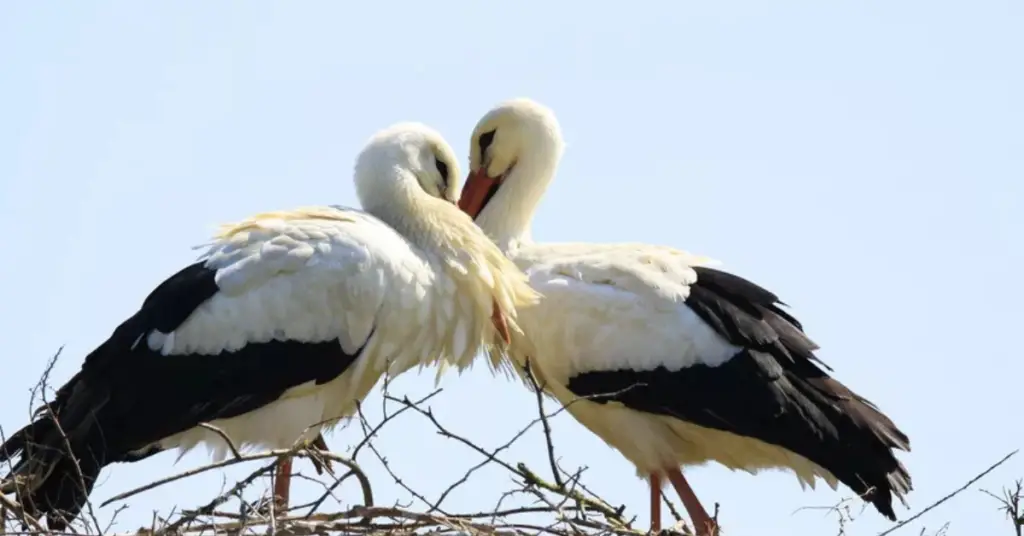
During spring, longer daylight hours and rising temperatures trigger hormonal changes that enhance the vibrancy of male plumage, making them more visually appealing. This seasonal transformation is not merely aesthetic; it serves as a signal of health and vitality, crucial factors for females selecting a mate.
5. Why do birds dance to mate?
Birds dance to mate not merely as a display of physical prowess but as a complex form of communication that reveals their genetic fitness and overall health. These performances can attract females by showcasing strength, agility, creativity, and adaptability qualities essential for survival in the wild.
The evolution of these courtship dances can also be linked to environmental factors. In certain species, elaborate displays have been shaped by the availability of resources and predation pressures.
6. What birds dance to mate?
Birds dance to mate not merely as a display of physical prowess but as a complex form of communication that reveals their genetic fitness and overall health. Through intricate movements, vibrant plumage, and rhythmic calls, male birds convey critical information about their vitality and suitability as partners. These performances can attract females by showcasing not just strength and agility, but also creativity and adaptability—qualities that are essential for survival in the wild.
In areas with abundant food, males may engage in more flamboyant dances, signaling their ability to thrive in a rich habitat. This dynamic interplay between environment and mating rituals underscores the adaptability of birds, highlighting how their behaviors are finely tuned to both biological imperatives and ecological contexts.
7. What are birds that never mate?
Some bird species defy this norm by exhibiting behaviors that sidestep traditional mating altogether. The infamous lyrebird, for example, is renowned for its incredible mimicry and elaborate displays to attract mates, yet there are instances where individuals may forego mating entirely, focusing instead on their vocal prowess and territory establishment.
Another intriguing example can be found among certain seabirds, like the albatross. They are monogamous and form strong pair bonds, some individuals may never mate due to factors such as age or environmental pressures.
II. How Birds Mate
Bird mating isn’t solely about physical attraction; it also involves communication and bonding. Species such as the monogamous albatross engage in synchronized movements and vocalizations to strengthen their pair bond over years. These behaviors reflect a deeper connection beyond reproduction, suggesting that emotional bonds play a crucial role in their mating success.
1. Feathered Romance Unveiled: Intriguing Insights into the Diverse World of Bird Pairing Strategies
Many species, like swans and albatrosses, are known for forming lifelong partnerships, others, such as certain songbirds, may engage in “extra-pair copulations” to enhance genetic diversity. This behavior raises compelling questions about fidelity and reproductive success in the animal kingdom.
Some birds even employ deceptive tactics; for example, male red-winged blackbirds may mimic rival calls to deter competition while courting females. Each pairing strategy not only reflects the unique ecological niches these birds occupy but also offers a glimpse into the complexities of their social interactions, ultimately challenging our perceptions of love and commitment in the wild.
2. Mating Rituals: A Love Game of Dance, Song and Gifts
Many species utilize elaborate dances, vibrant displays, and melodious songs as part of their courtship. The male bowerbird meticulously constructs and decorates a bower with colorful objects to attract a mate, showcasing not just his physical prowess but also his artistic flair.
The complex songs of birds serve as both a call to potential mates and a territorial proclamation, revealing the singer’s vitality and health. Female birds often prefer males with more intricate songs, suggesting that musical ability may be an indicator of genetic quality.
3. Sculpting the Future: Birds Copulation and the Art of Genetic Legacy
Birds engage in behaviors that extend far beyond mere reproduction; they are sculptors of their genetic legacy. Through elaborate displays, vibrant plumage, and intricate songs, these creatures communicate their fitness to potential mates. Each mating season becomes a canvas where male birds showcase their prowess, not just to attract a partner, but to ensure the survival of their genetic traits in future generations.
The nuances of bird copulation can offer insights into how species adapt to shifting ecosystems. Monogamous species may rely on stability in partner selection to maintain genetic diversity, while polygamous species might embrace a broader genetic pool through varied mating strategies. .
4. The Presence of Penises in Birds: Birds’ Reproductive Adaptations
The presence of penises is a fascinating anomaly, as most birds lack external genitalia. Ducks and ostriches, have evolved remarkable adaptations that include elongated phalluses. The male duck’s corkscrew-shaped organ is not just for reproduction; it has evolved in response to the complex mating strategies and fierce competition among females.
The diversity in genital morphology among birds serves as a testament to the intricate dance of sexual selection. In species where females have greater control over mating, males develop more elaborate or larger organs to increase their chances of successful copulation.
III. What are the reproductive habits of birds?
Bird reproductive habits are as diverse as the species themselves, reflecting a fascinating interplay between biology and environment. Many birds engage in elaborate courtship displays to attract mates, utilizing vibrant plumage, intricate songs, and even acrobatic flight patterns.Male birds of paradise perform mesmerizing dances to showcase their genetic fitness, while some songbirds serenade potential partners with complex melodies that can convey both health and vigor.
Nesting strategies vary widely across avian species, with some opting for the safety of tree cavities while others construct intricately woven nests suspended from branches. Interestingly, some birds, like the American coot, practice brood parasitism, laying their eggs in the nests of other species to outsource parental duties.
1. Bird House Harmony: Finding the Intricate Ballet of Nest Construction and Location Tactics in Bird Reproduction
The construction of a bird house becomes an intricate ballet where artistry meets instinct. Birds, with their diverse adaptations, select materials ranging from twigs and leaves to feathers and mud, each choice reflecting not just aesthetics but functional design.Some species incorporate aromatic plants into their nests, a strategy that serves to deter parasites and protect their young.
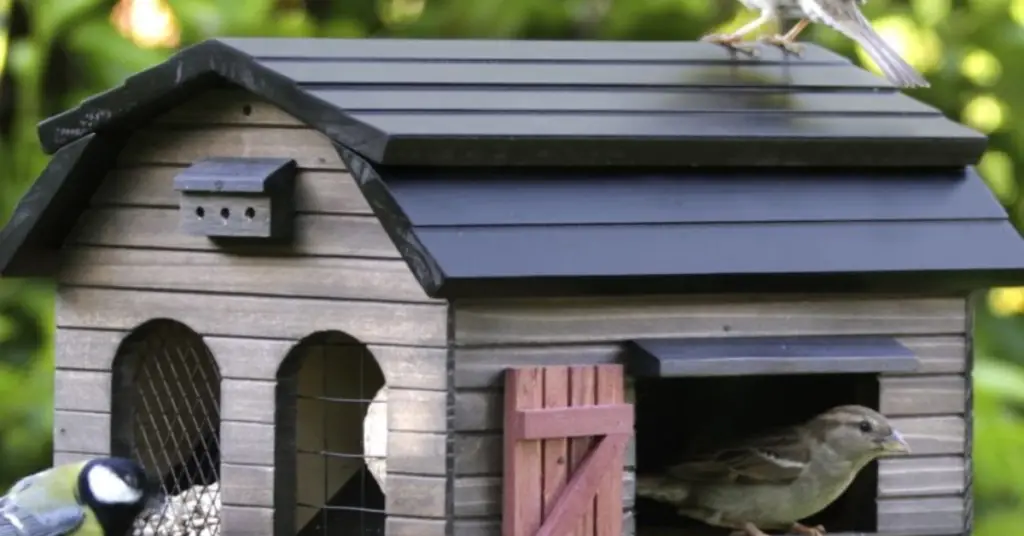
Birds meticulously assess environmental factors such as predator proximity, weather conditions, and even human disturbances before committing to a site. Certain species, like the American Robin, prefer open spaces with adequate visibility, allowing them to monitor threats effectively.
2. Hatching Wonders: Decoding the Enchanting World of Incubation – A Symphony of Timing, Survival, and Parental Devotion
Each species has evolved unique strategies that synchronize the hatching process with environmental conditions, ensuring that offspring emerge when resources are abundant. For example, many bird species time their egg-laying to coincide with the peak of food availability in spring, while reptiles may rely on temperature cues, allowing them to hatch precisely when the warmth of summer fosters a thriving ecosystem.
Parental devotion manifests in remarkable ways across the animal kingdom, showcasing an array of nurturing behaviors that go beyond mere protection. Some birds engage in intricate courtship rituals and meticulous nest building, while others exhibit extraordinary commitment by sharing incubation duties or even using their own body heat to regulate the temperature within the nest.
3. Nurturing the Next Generation: A Journey into the Extraordinary Parenting Efforts of Fledgling Birds and the Art of Raising Independent Birds
A parent birds tirelessly feed their young, they engage in a fascinating dance of instinct and learning, providing not only nourishment but also critical life skills. This phase is marked by an intricate balance of protection and encouragement, as fledglings are coaxed from the safety of their nests into the vast unknown.
Some birds, like robins, are known for their hands-on approach, guiding their young through the complexities of foraging and predator avoidance. In contrast, species such as eagles exhibit a more hands-off method, allowing their chicks to explore and fail, thereby fostering resilience.
4. Egg-cellent Deception: Unraveling Avian Parasitism in Nature’s Intriguing Nesting Strategies
Parasitism unveils a fascinating layer of deception, particularly through the lens of brood parasitism. Species such as the common cuckoo have perfected the art of laying their eggs in the nests of unsuspecting host birds.
This strategy not only conserves energy for the parasite but also places the burden of rearing its young on another species, often leading to a dramatic shift in the dynamics of the host’s reproductive success. The cuckoo’s mimicry of host eggs is so precise that it can deceive even the most vigilant parents, showcasing nature’s relentless drive for survival through cunning strategies.
5. Do birds have to mate to lay eggs?
Many people assume that all birds must mate before laying eggs, but the reality is more nuanced. While most bird species do require fertilization through mating to produce viable eggs, some can lay unfertilized eggs as part of their reproductive cycle. This behavior is particularly common in domesticated birds, such as chickens, where hens will lay eggs regardless of whether they have mated with a rooster.

The laying of unfertilized eggs can also serve as a strategy for certain species. For example, some birds may use this method to maintain nest hygiene or stimulate the laying cycle in other females within the same territory.
Conclusion
The mating behaviors of birds offers valuable insights into their complex social structures and reproductive strategies. From elaborate courtship displays to intricate vocalizations, each species showcases unique methods to attract mates and ensure the continuation of their lineage. These behaviors are not only fascinating but also critical for the survival of bird populations in diverse ecosystems.
FAQ’s
Do birds get on top of each other to mate?
There’s pretty much only one position that works, given the site of each bird’s vent, and that’s the male on top of the female, with both birds facing the same direction. She will hunch down and move her tail feathers to one side, whilst he will arch or curl his body downwards so that their cloacas touch.
Will two male birds try to mate?
Unless one of them lays an egg, you can’t tell their sex without a blood test. Mating does not have to result in egg laying, and two males will mate with each other in captivity.
- How To Keep Bees Away From Hummingbird Feeders - March 20, 2025
- How To Attract Owls To Your Yard - March 11, 2025
- Breeding Season For Wild Birds - March 9, 2025
